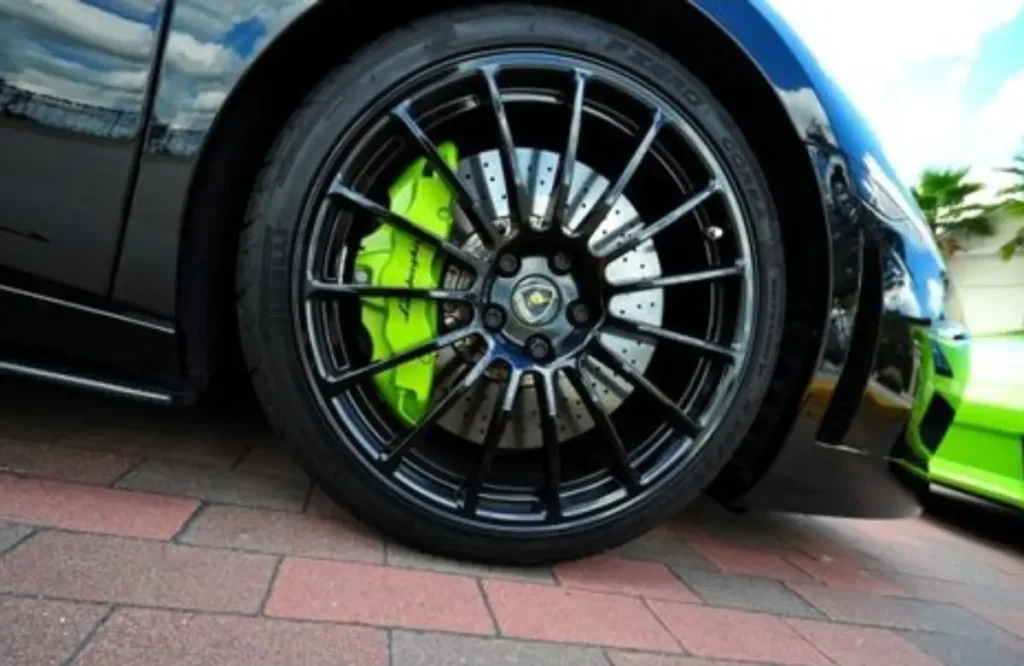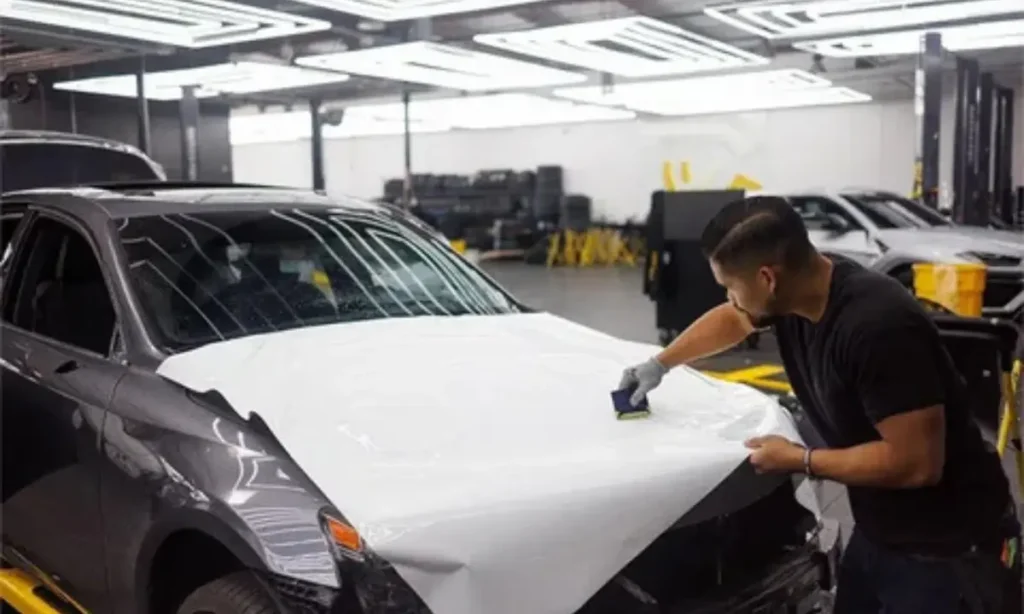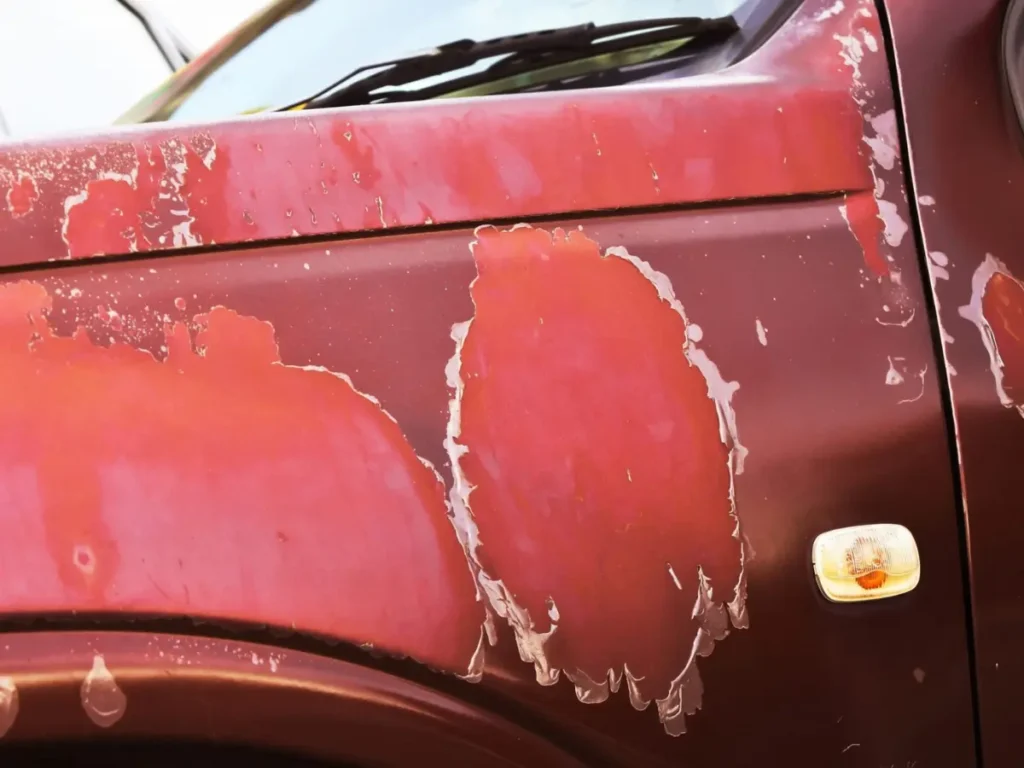You are willing to transform your ordinary brake calipers to glamorous showpieces? Be it a drive across the streets or at the racing circuit, painting brake calipers is the best way to add the style of your ride, as well as offer protection to your vehicle. Think of reds, and blues, or warm matte blacks steaming through your wheels, and at once falling on admiration. This is not only the issue with appearance- you use the paint to protect the calipers against heat, rust and dirt and this prolongs their life and performance. The proper tools, proper techniques and a little patience will get you to the level of being able to paint a brake caliper professionally.
Get rid of that dull stuff, pop yours and do a couple of accurate brush strokes on them, or spray finish. Ocean dwell in this instruction, and they will be found wanting, before long, to say to whom did you apply your calipers? So grab those brushes and sprays and have a smooth transformation that people will notice any place you are driving!
Why You Should Paint Your Brake Calipers
The Aesthetic Benefits of Painted Brake Calipers
The reason is that plain calipers usually cannot be noticed but painted wheels would change everything. Any caliper that is painted with a brush or spray can also have color added to it, which adds sportiness with a custom appearance that leaves heads turning. It is a small modification that puts flair and style without costly modifications.
How Painted Calipers Can Enhance Your Vehicle’s Appearance
Brake calipers painted with a Palette such as wheels, to complement the delicacy of a vehicle or use vibrant shades to highlight the wheels, painted brake calipers add a touch of class to your ride. Wheels may be used as a design feature with eye-catching reds, blues or yellows, which enhances curb appeal as well as resale value.
Why Painting Your Brake Calipers Is More Than Just for Looks
In addition to aesthetics, painting the brake calipers is the way to keep them free of corrosion and brake dust. Contemporary paint brush, prayer or spray make-up offers a heat-resistant cover, which maintains the metal area and prolongs the life of the caliper. It is a sensible addition of style and durability.
Tools and Materials You’ll Need to Paint Brake Calipers
To use up painting my calipers, I needed the following tools:
- Wire-brush or sandpaper (to prepare surface)
- Brake cleaner (for cleaning)
- Tape and plastic or paper sheets (to cover up) are used by painters.
- A nice brush, caliper paint or spray paint made to use on brakes.
- Gloves (to protect the skin, nitralines).
- Minuscule paint sticks, or cans of spray.
- Respirator mask (to use in spray painting)
- Towels or wood (drop cloths or cardboard) (workplace protection).
Choosing the Right Paint for Brake Calipers: Brush vs. Spray
Drawing with a brush is more exact. This is great when you need to have the area covered well or you do not want to work away any overspray. A smooth finish spray paint is more popular on bigger calipers and gives a smooth finish. They both need heat-resistant paint that is suitable for high temperatures in brakes.
Preparing Your Workspace for Brake Caliper Painting
Installed in a dust-free and properly ventilated space. Wrap and cover all the nearby surfaces, including wheels, with plastic or paper to prevent drips and spray. Place a cardboard or drop cloth. Being prepared will result in good results and less work.

Step-by-Step Guide: How to Paint Brake Calipers
Step 1: Prepare the Brake Calipers for Painting
Take off the wheels and brush off your buddy ones. Calipers may be painted with the paint job on (see later), though a more serious preparation is required when it remains there. Rust, dirt and loose paint can be removed using a wire brush or sandpaper.
Step 2: Clean the Calipers Thoroughly
Spray brake cleaner on the calipers to wipe off the grease and brake dust, as well as some grime. Wipe with a dry cloth and dry in order to make the paint sticky.
Step 3: Masking Off Surrounding Areas for a Clean Finish
Apply painter’s tape and pieces of plastic sheets or paper to tires, rims, and suspension, and brake rotors. This is done to ensure that you do not paint unwanted parts accidentally.
Step 4: Applying the Paint (Brush vs. Spray Method)
Brush: Use your brush and put on multiple even strokes. Allow one coat of paint to dry then apply another. Dribbles Watch; because dry with few strokes.
Spray: Shake paint well. Keep a distance of about 6 -8 inches off the surface and spray in light sweeping motions. Several fine layers create a smooth surface that is run-free.
Step 5: Curing and Drying the Paint for Long-Lasting Results
Allow paint to dry as dictated by the manufacturer, typically between 24 hours. It is not advisable to drive immediately after the paint has been done; it is better to avoid it so that it is not affected by the heat and wear.
Different Methods for Painting Brake Calipers
How to Paint Calipers with a Brush for Precision
Brush caliper paint is the painting choice that DIYers prefer to use to gain control. Small brushes are used to apply paint to tight spots, and the thin layers are applied gradually. It is the least obtrusive technique to reduce the overspray and mess, although it is time-consuming.
The Pros and Cons of Using Spray Paint for Calipers
Spray paint covers large spaces easily and it has a tendency to finish off well also. However, the issue of overspray is widely experienced, which means that additional masking and ventilation are necessary.
Is Powder Coating a Better Option for Brake Calipers?
Powder coating is a very tough technique that is heat-resistant and applied by professional shops. It is long-lasting, but it will need special equipment and removal of the calipers and is therefore, costly and not as practical as most DIYers.
Tips for Achieving a Professional Finish When Painting Brake Calipers
How to Avoid Common Mistakes (Drips, Uneven Coverage)
It should be a brush or spray that is not overloaded. Use very thin coats and leave to dry properly so that there are no runs and roadblocks. Also, remember that your brush/stroke should be the same and not hasty.
Best Techniques for Smooth and Even Application
Wavering hand, light, and cross-hatching strokes. When using spray, ensure that it is not left in one spot, as this causes the paint to be wasted. Masking and preliminary preparation give decreased clean-up.
How to Ensure the Paint Sticks and Lasts
Cleaning and sanding can be done comprehensively so that it is bonded. Apply heat-resistant, caliper paint, and consider applying a clear protective topcoat. Durability is developed with proper curing time.
How to Paint Brake Calipers Without Removing Them
Step-by-Step Guide for Painting Calipers on the Car
- Take off the drive wheels towards an open space.
- Wipe out representative toughened cleaners with brake cleaner.
- Objects enclosed in masking material, tires, rims, suspension.
- Spray the piece lightly or with a small brush so as not to be too messy.
- The coat must be given a lot of time to dry.
Pros and Cons of Painting Calipers While They’re Still Installed
Pros: It saves time, and it does not require the removal of the jack, work or wheels.
Cons: More difficult to conceal, increased probability of spray and spot missed.
Essential Tips for Avoiding Mess While Painting
Pack on 2 layers of masking, maintain uniform distancing of spray and work slowly. Solvents or paint remover should be available and mistakes fixed.
Common Mistakes to Avoid When Painting Brake Calipers
Not Cleaning the Calipers Properly Before Painting
The failure to clean will cause lack of good adhesion of the paint and premature peeling. Never leave any dirt, grease, and dust.
Overloading the Brush or Spray Gun with Paint
Excessive paint leads to dripping of the paint and, therefore, amateurish work. One should wait long, sweetly over coats.
Neglecting the Drying Time Between Coats
Rushing dries unevenly and weakens paint. Respect curing times for best durability.
Choosing the Best Paint for Brake Calipers
What Type of Paint Should You Use for Brake Calipers?
Select special high-level caliper paint that can be used in high temperatures to 600°F. Ordinary paint will not be able to sustain and may discolour or peel off.
Heat-Resistant vs. Regular Paint: Which is Best for Calipers?
The heat-resistant paints are very durable compared to others and are used to shield calipers against heat and brake dust. Don’t skimp on quality here.
The Best Caliper Paint Brands to Consider
Such brands as VHT, Dupli-Color, and POR-15 are a favorite among DIYers and professionals. They have adhesion, durability, and finish balances in their formulation.
Conclusion
In conclusion, painting your brake calipers is one of the easiest and most effective ways to give your vehicle a standout look while protecting critical components from heat and corrosion. Anyone can learn how to paint the brake calipers using the right equipment, paint, and preparation and have a professional quality finish. Once you select the exquisiteness of a paint stick or the velocity of spraying paint, this addition will provide a smooth, personalized touch to your wheels that causes people everywhere to stop and stare. When you need professional guidance, high-end paint, and perfection of the detailing services, then leave Izzy Auto Detailing with the job of carrying your vision to life in high quality and a high level of care. Nowadays, give your ride an upgrade and make your calipers talk on the road.
Ready to paint your calipers like a pro? Visit Izzy Auto Detailing for expert tips, quality paint supplies, and professional services that bring out the best in your brakes.
FAQ’s
Clean and sand the caliper, cover the surrounding area with mask material and apply a few layers of heat-resistant paint in thin coats.
Yes! Using a brush to paint brake calipers is a control measure that is very accurate when it comes to DIY projects.
Paint drying period depends on paint, though it usually takes 10-15 minutes between layers, and never less than 24 hours to fully dry.
Both are workable, although spray paint offers more smoother finish and brush paint offers more precision in use.
Adhering using the correct preparation and using heat-resistant paint, the adherence is good and the paint long long-lasting. Stay out of the strenuous chemicals or effects.




